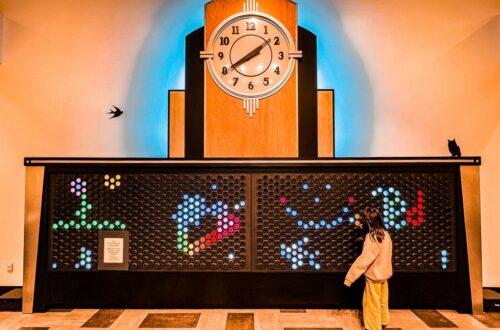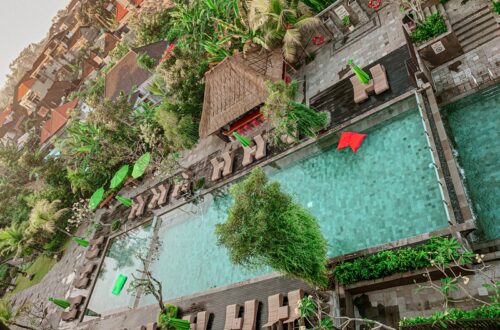Portuguese Tile Spotting In Porto: What To Know About The Azulejo Tiles
Walk down the streets of Porto, Portugal and you will no doubt clock all of the gorgeous tile facades on the buildings that line the streets. The Portuguese tiles, called azulejos, are iconic and there’s not just one design, so I ended up making it a mission in our Porto itinerary to take a photo of as many different tile designs as I could. If your family likes scavenger hunt style traveling like ours does, give everyone the mission to spot the different tile work along the way. It certainly kept our eyes busy.
Some of the azulejos create historic scenes on the sides of historic buildings, while others are geometric designs and flowers. While most of the tiles are blue and white, there are some beautiful yellows and rusty reds as well. Porto is basically an open-air museum that walks you through the history of Portuguese tiles. Are you ready to learn about them?
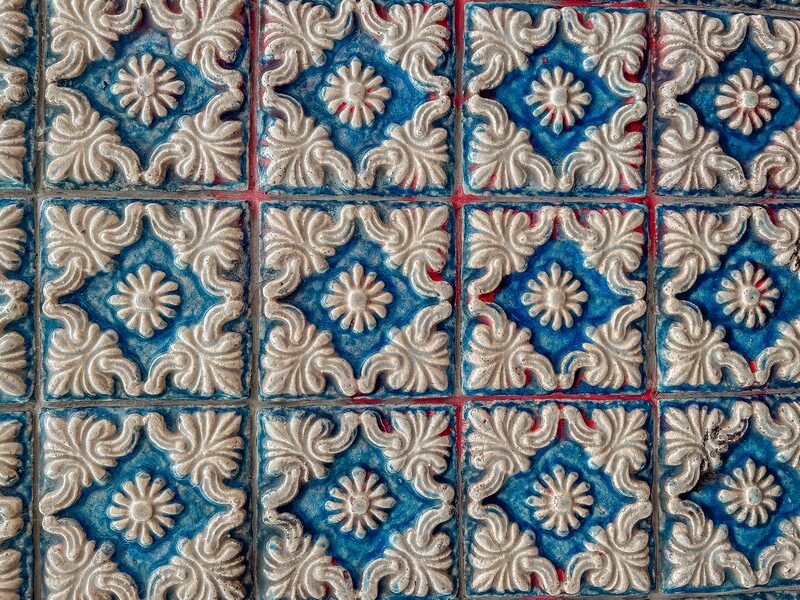
One of of our favorite parts about visiting Porto, Portugal was discovering the numerous styles of Portuguese tyles. Everywhere you look, get ready to learn about Azulejos in Porto:
- Quick tips for visiting Porto
- The Enamoring History of Portuguese Tiles
- Where can I find Portuguese Tiles in Porto?
- Most Iconic Azulejo Facades In Porto
- Where to learn about Portuguese tiles in Porto
- Join a Tile Painting Class In Porto
(This post contains affiliate links, which means I receive a certain percentage of a sale if you purchase after clicking at no cost to you. Thank you for your support.)
Quick tips for visiting Porto
Porto manages to feel small and manageable despite being a pretty good size city. It’s not overwhelming but offers enough to see and do whether you want to spend a couple days or a week there.
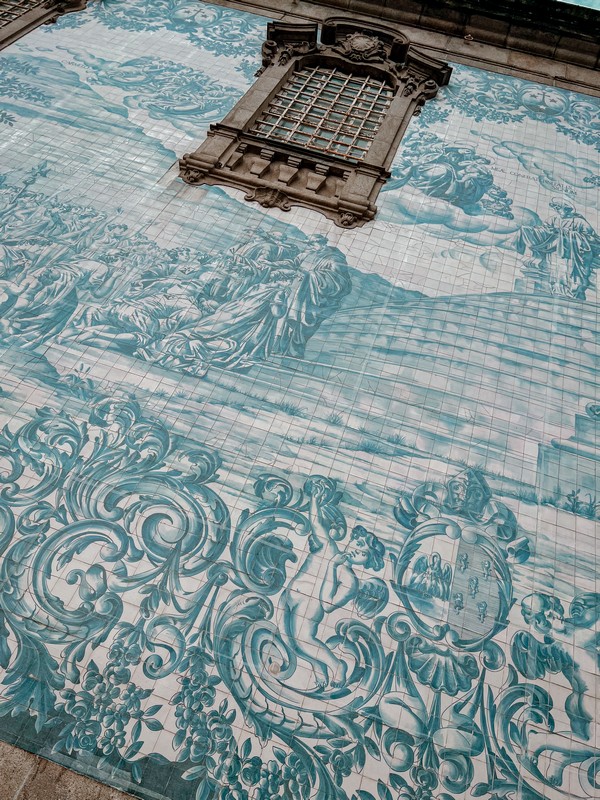
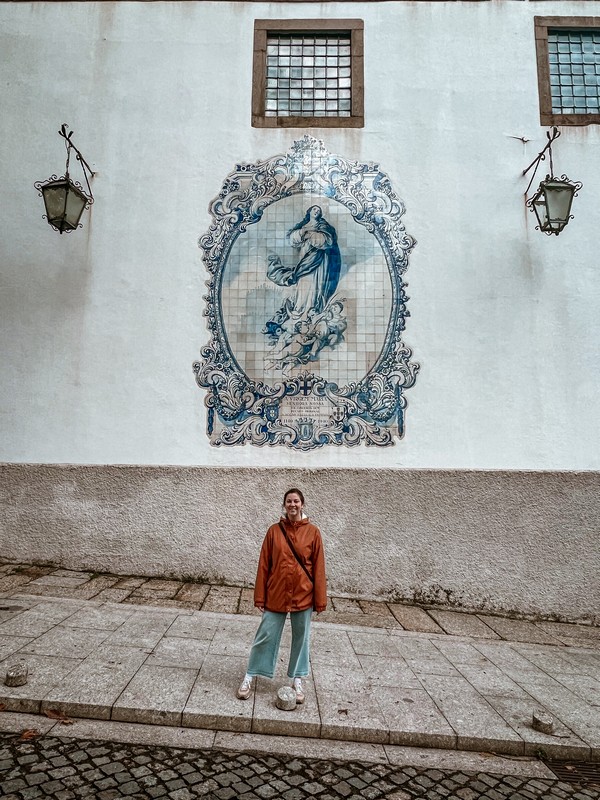
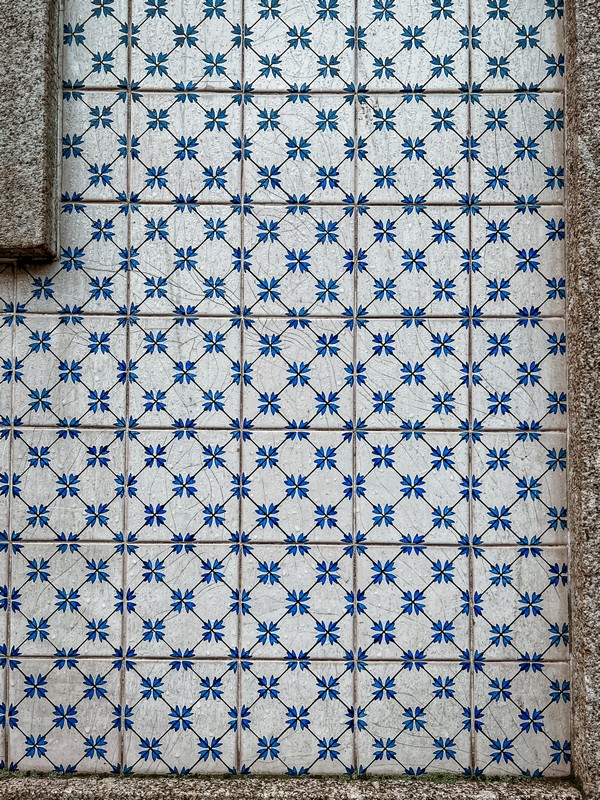
Porto Weather
We visited in October, the weather was a mixture of blue skies, sudden downpours, and back to sunny again. In general, this is what you can expect:
- Summer: June and July have gorgeous weather that isn’t overbearingly hot and it has less crowds than the very popular month of August.
- Spring/Fall: As we experienced, the weather can be a mixture of beautiful blue skies, and drizzly hours or days. Bring a warm rain coat and you’ll be fine.
- Winter: Chilly but not frigid, the winter can be a fine time to visit though you’ll notice less activities for visiting tourists.
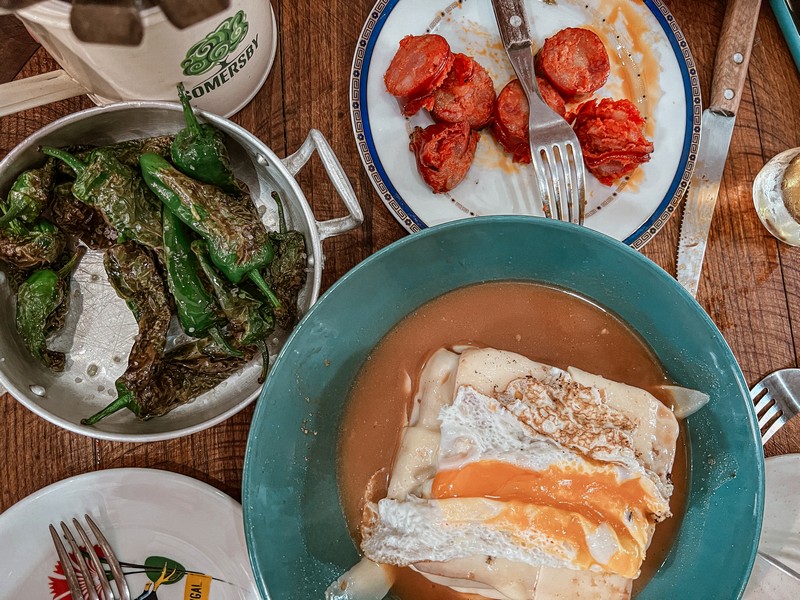

Food in Porto: Known globally for its enchanting Port Wine cellars by the Douro River, Porto also offers a vibrant culinary scene with delicious options for everyone in the family. Check out guide to kid-friendly food in Porto, Portugal to learn what we ate and how you might make it work with kids.
Tour Info and Cards
Porto Scavenger Hunt and Sights Self-Guided Trip: If your family likes sightseeing through clues and with a game style, check out this fun Porto Scavenger Hunt. I have made this kind of thing for my daughter just to use personally. They are a fun way to get the kids involved and learn a bit more about what they’re seeing in my experience.
Porto Card: The Porto Card may be useful depending on where you’re staying. Because we were staying out of the city center and traveling in and out of the downtown area as well as to nearby areas, we found it useful for us. The card is good for 1, 2, 3, or 4 days, has free entrance into 7 museums, discounts on others, and is your transportation card, free on the metro, bus, and train. Be sure to pick up your card at the airport or tourism office downtown.
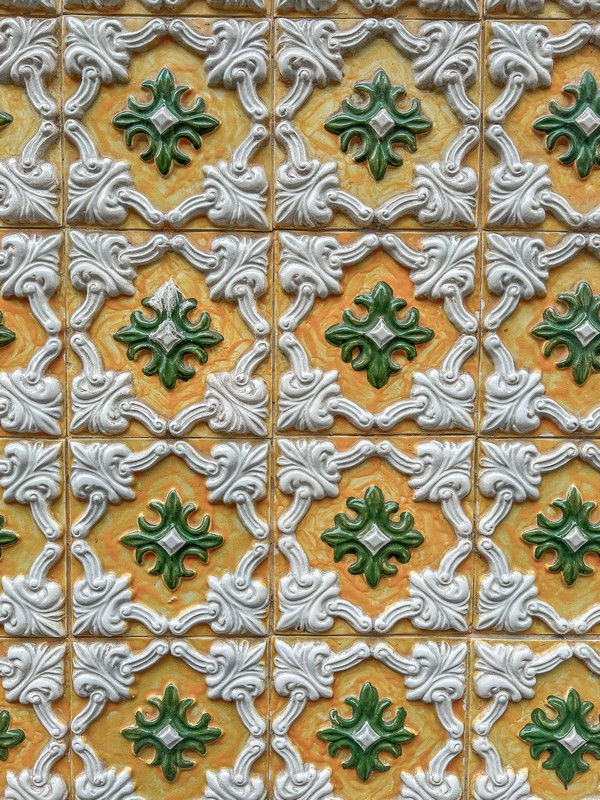

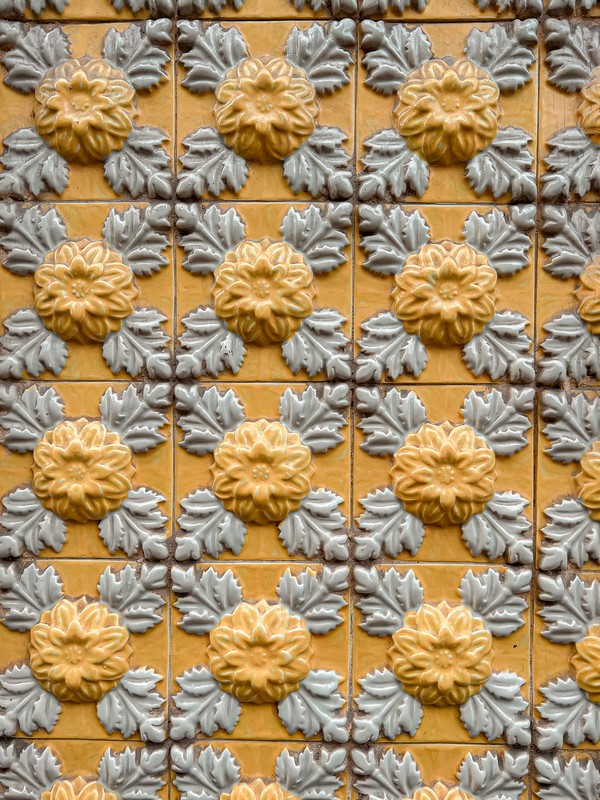
The Enamoring History of Portuguese Tiles
Derived from Arabic, azulejo means polished stone and was originally produced to imitate Byzantine and Roman mosaics. The earliest azulejos in the 13th century were tile-mosaics creating geometric patterns and the Spanish city of Seville was the major center of the tile industry. Many of the original designs featured knotwork and Islamic motifs.
In Portugal, it was King Manuel I who introduced the art to the country in 1503 after a visit to Seville. The Moorish tradition of covering the walls completely with azulejos was adopted. If you visit the Bolsa Palace, you’ll see the Moorish Revival style in the Arab Room which is covered from top to bottom just gorgeously.

In the 17th century, patterns with flowers and cherubs were introduced and then the Spanish artist Gabriel del Barco y Minusca introduced the blue and white tiles from Delft, Netherlands to Portugal and walls became narrative scenes and spaces to tell a story.
Workshops in Amsterdam began producing huge tiled panels with historical scenes for Portuguese clients but in 1687, King Peter II stopped all imports and Gabriel del Barco y Minusca’s studio took over production to meet the demand. The last major production from Holland was delivered in 1715.
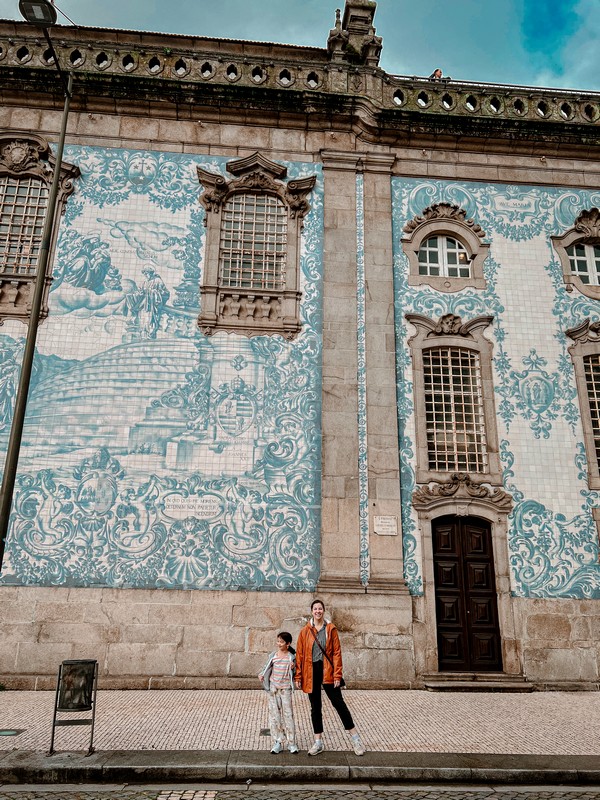
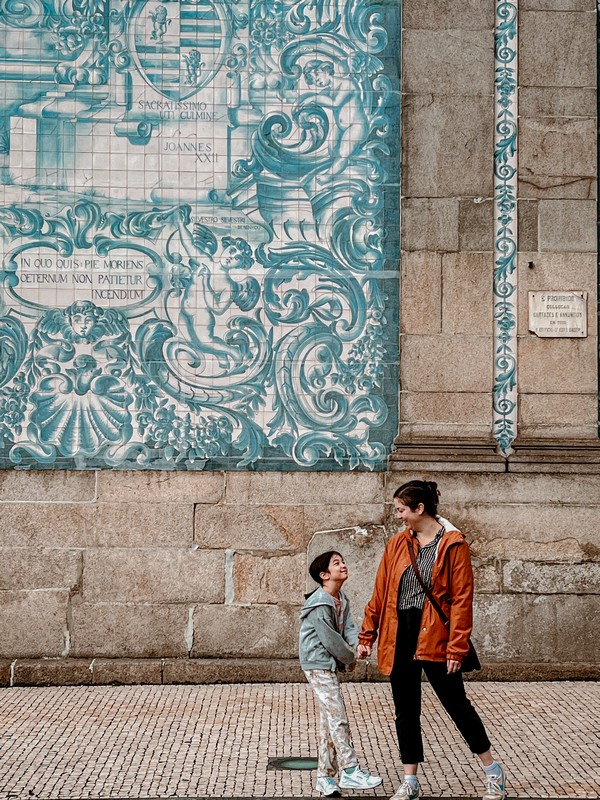
The halt in imports brought a surge in production for local blue and white tiles designed by trained Portuguese artists and they became the dominant style and is what is very popular with tourists today. The late 17th and 18th centuries became the ‘Golden Age of Azulejo’ and mass production began to produce enough tiles to cover everything from churches to palaces, and the houses in between.
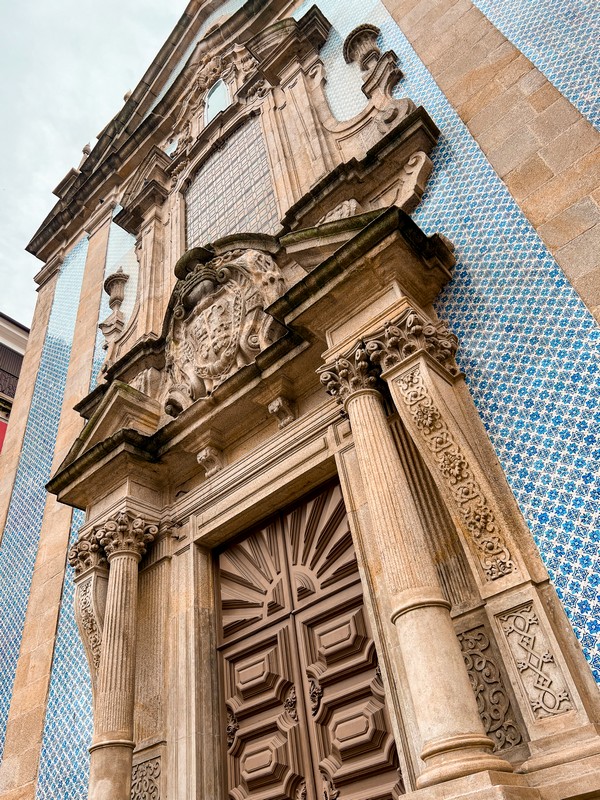
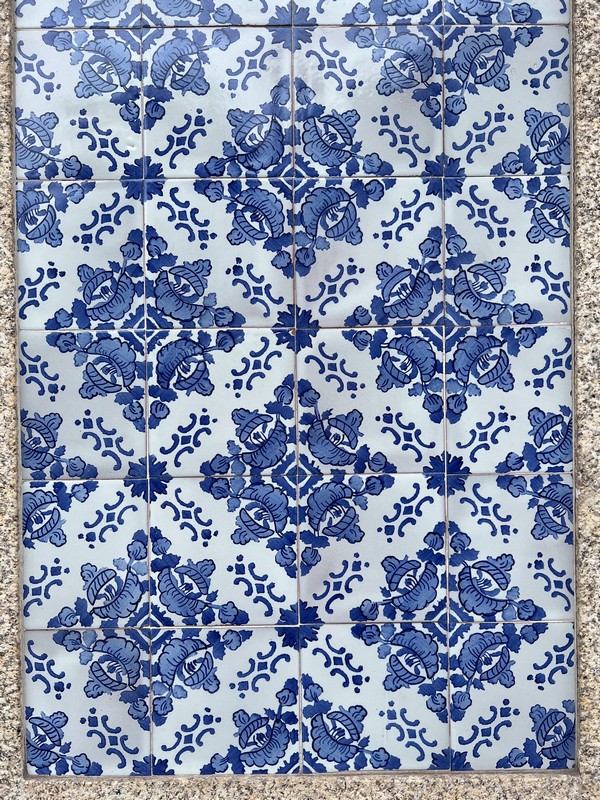
Where can I find Portuguese Tiles in Porto?
Just steps from wherever you’re staying, you will no doubt spot beautiful tile covered facades. Azulejo tilework can be found everywhere from historic churches and palaces to mundane bars, restaurants, and housing. Walk inside of train stations and you’ll spot them. Turn a corner, and you’ll spot some more.
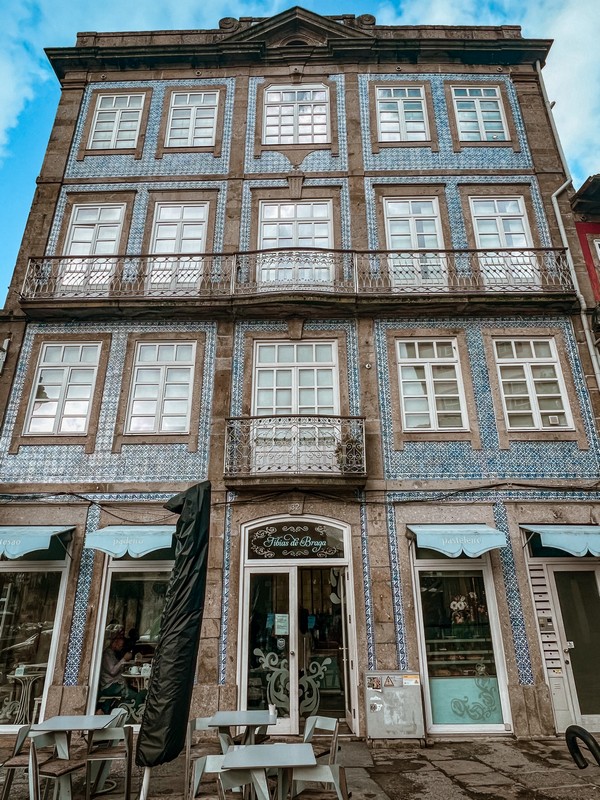
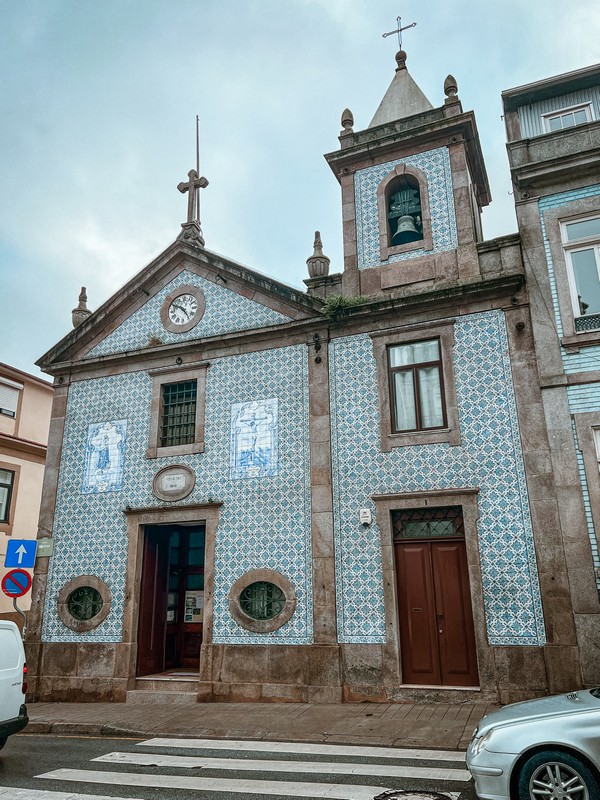

Most Iconic Azulejo Facades In Porto
Of course I’ve said how Porto is basically an open-air azulejo museum and you’ll spot them just everywhere, but of course, there are some iconic must see tile facades and decoration. Here are the places you shouldn’t miss in Porto if you want to see the tilework:
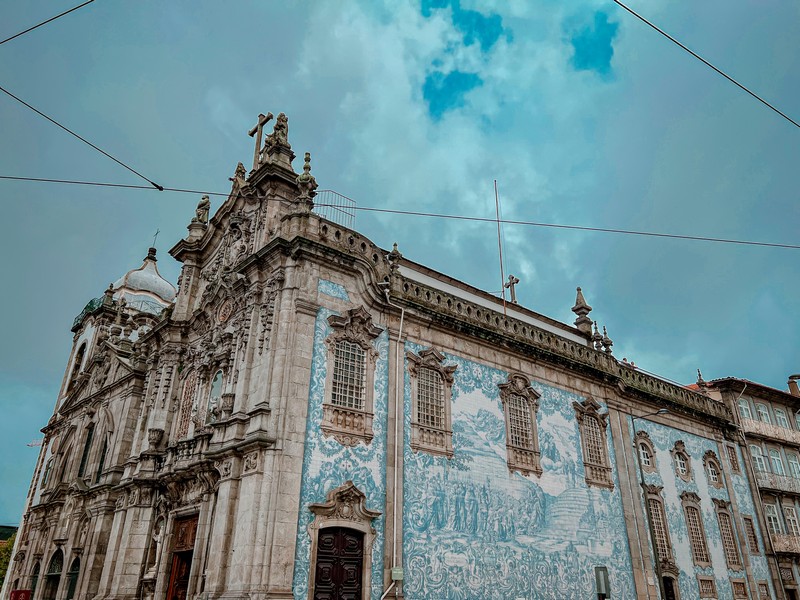
Igreja do Carmo
You won’t be the only one stopping to take pictures with this gorgeous 18th-century Baroque church. The blue and white tiled scene was installed in 1910 and is huge! Take your time looking at this one.
- Address: Praça de Gomes Teixeira 10, Porto, Portugal
Capela das Almas
A chapel from the 18th century, it is covered in 15,947 tiles that were added in 1929. The artwork was designed by artist Eduardo Leite and the tiles were produced in Lisbon at Fábrica de Cerâmica Viúva Lamego.
- Address: R. de Santa Catarina 428, Porto, Portugal
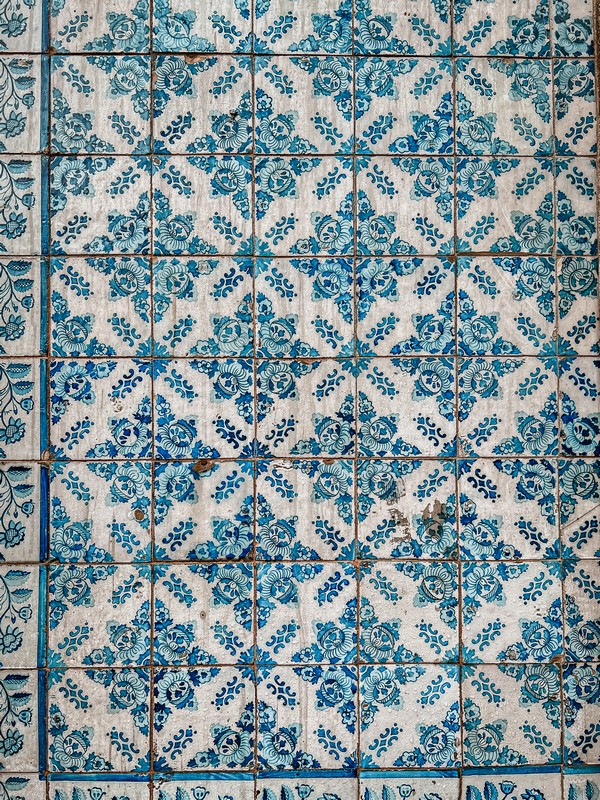
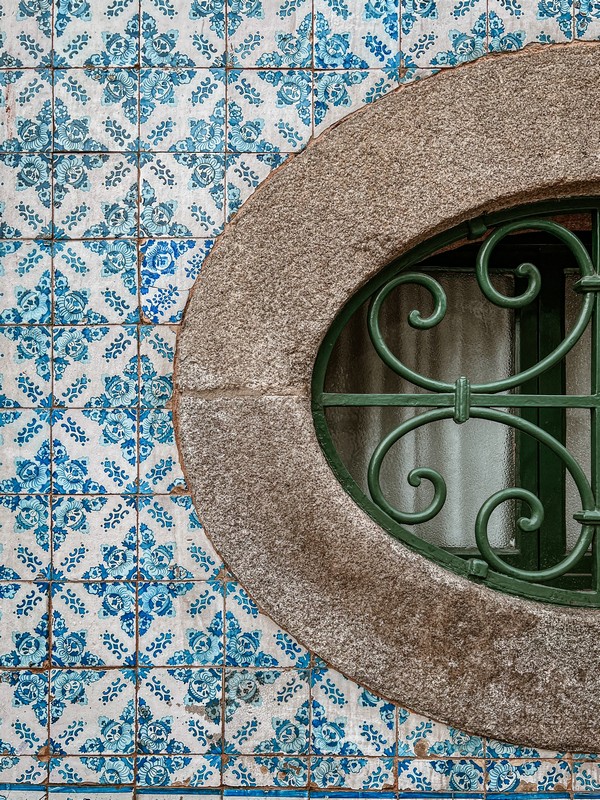
Igreja de Santo Ildefonso
Declared an UNESCO World Heritage Site in 1996, this church was constructed in 1739 and the 11,000 azulejo tiles designed by painter Jorge Colaço were added in 1932.
- Address: R. de Santa Ildefonso 11, Porto, Portugal
Sé do Porto
This cathedral is more than 900 years old meaning there’s a mix of Gothic, Romanesque, and Baroque architecture with tile work that was added in the 1700s.
- Address: Terreiro da Sé, Porto, Portugal
São Bento Station
While you can spot a lot of tilework on the exterior of buildings, you need to go inside to see other works. The city’s central train station features some beautiful works that you’ll only see from inside.
- Address: Praça de Almeida Garrett, Porto, Portugal


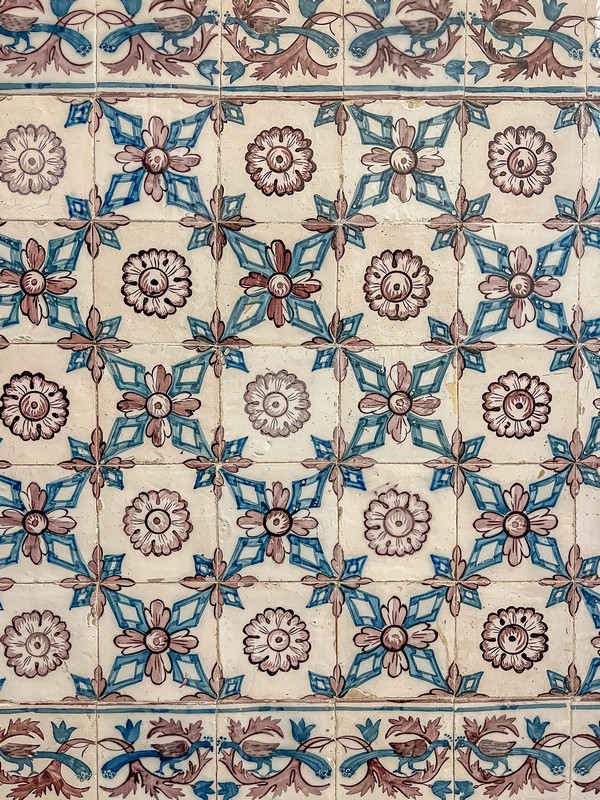
Where to learn about Portuguese tiles in Porto
If you want to learn more about Porto’s unique take on tile facades and design, you should make sure to stop into Banco de Materials, or the Bank of Materials. If you do like the idea of a scavenger hunt with your kids to find as many different styles and designs of tiles as you can, this place will give you a good idea of how many to look for.
To make it really fun, take pictures of the tiles at Banco de Materials and see if you can spot those exact designs when you’re out and about. The person that spots the most, wins!
- Address: Praça de Carlos Alberto 71, Porto, Portugal
- Hours: Tuesday – Sunday: 10:00am ~ 5:00pm
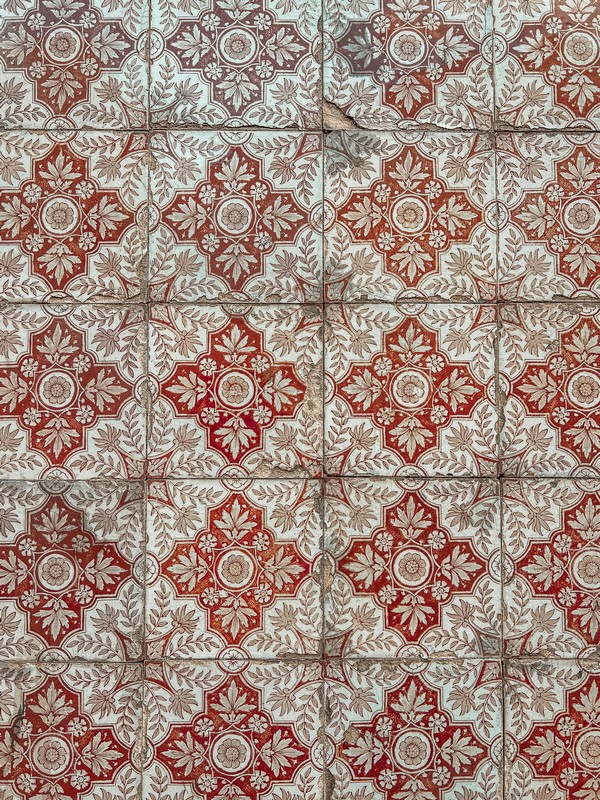
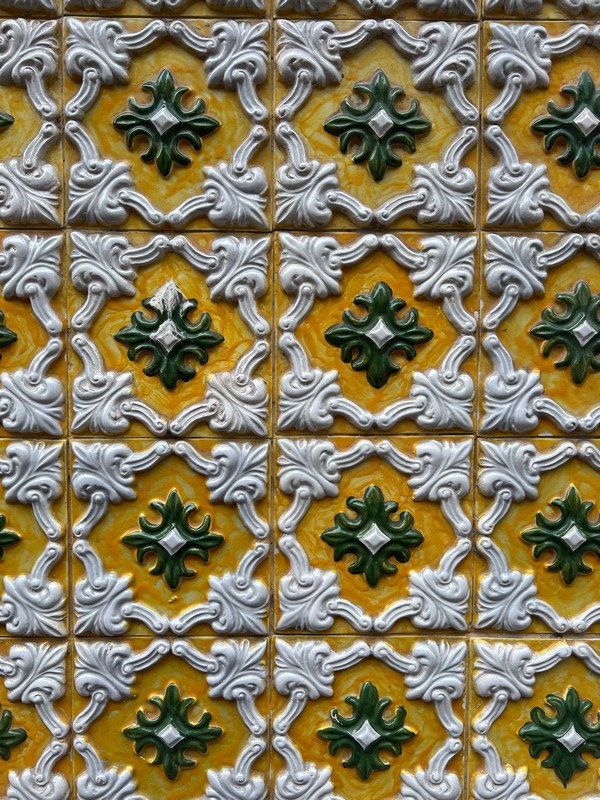
Join a Tile Painting Class In Porto
Spotting tiles was enough for us as we climbed up and down the hills of Porto and took a daytrip to Braga, but if you want to add on to your azulejo scavenger hunt in a cool way, there are tile painting classes in Porto. It might be a great craft to do with kids or if you’ve got an artistic and creative streak.
Tile-Painting Workshop with Glass of Port: Learn from an instructor with Domus Arte, a concept store in Porto. Taking about two hours, you can use a pre-designed replica to paint your own traditional Porto tile to take home. This is a great family-friendly option. Sign up for this class on Get Your Guide.
Tile Painting and Cocktails in Downtown Porto: If you want to combine the tilework of Porto with cocktails and have less young children in the studio, there’s another option that might be right for you. Sign up for this class on Get Your Guide.
The amazing thing about Porto, Portugal is that you can wander the streets and feel as though you’ve seen so much without ever stepping inside thanks to the beautiful Portuguese tiles that beautifully decorate the facades of buildings. How many different designs can you spot?
Did you like this post? Pin IT!




